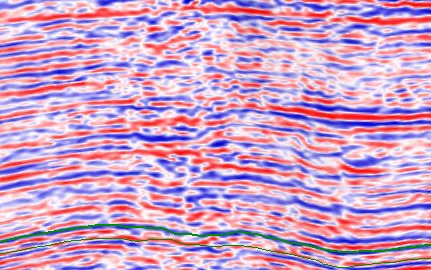
It represents the main seismic laboratory of the department and is used for research, and advanced continual professional development (CPD) training activity. The facility enables the use of surveys and data, especially those collected by the energy industry, to investigate the structure of the Earth. The laboratory is the outcome of the University of Aberdeen’s investment, funding of computer hardware by energy companies BP, Chevron and BG Group and provision of software by major service companies.
SeisLAB facilities have been used to develop novel techniques for the interpretation of sedimentary basin evolution and reservoir characterization using 3D seismic as the primary research medium.
Facilities
Hardware
The seisLAB suite consists of a work room with dual screen terminal with a contiguous presentation and meeting area for work groups and seminars that can be separated or linked to the work room.
The infrastructure has been recently updated with the acquisition of a new blade centre (blades have 128GB RAM, and 4gb memory on Quadro 3000M graphics card) connecting 8 double-screen workstations running windows through a1Gb network link.
Data and Storage
In addition to the several terabytes of global seismic datasets that we already have, we have further extensive storage capacity to sustain additional big regional seismic datasets.
Software
We have software from the major providers of seismic interpretation, logging and geo-modelling companies, including Schlumberger, IHS, ffA, Halliburton and Petroleum Experts.
In November 1, 2019, the Petroleum Experts Limited has amended education licenses for a suite of softwares (including PROSPER, GAP, PVTP, MBAL, REVEAL, RESOLVE, HARDROCK), valuing £1.48m, and suite of softwares (including MOVE, 2D & 3D Kinematic modelling, Geomechanical Modelling, Fracture Modelling, Fault Response Modelling, Fault Analysis, MOVE Link Petrel, MOVE Link OpenWorks, Move Link GST), valuing £1.33m. The University has obtained the equivalent value of £ 2.817m donation from the Petroleum Experts Limited.
For a full list of software provision and links to the providers website, see our software sponsors list.
Research
The key areas of active research are concerned with mapping the architecture of sedimentary and basement systems, imaging of deformation structures, and forward modelling. The high-end computer graphics capability also provides a superb platform for structural, gravity, magnetic and forward seismic modelling.
Numerous PhD students use SeisLAB for their research.
Research highlights include:
- Alvarenga, R., Iacopini, D., Kuchle, J., Scherer, C. & Goldberg, K. (2016). 'Seismic characteristics and distribution of hydrothermal vent complexes in the Cretaceous Offshore Rift Section of the Campos Basin, Offshore Brazil'. Marine and Petroleum Geology, vol 74, pp. 12-25.
- Lapadat, IA., Imber, J., Yielding, G., Iacopini, D., McCaffrey, KJW., Long, JJ. & Jones, RR. (in press). 'Occurence and development of folding related to normal faulting within a mechanically heterogeneous sedimentary sequence: a case study from Inner Moray Firth,Uk'. Special Publication - Geological Society of London, vol 439.
- Iacopini, D., Butler, RWH., Purves, S., McArdle, N. & De Freslon, N. (2016). 'Exploring the seismic expression of fault zones in 3D seismic volumes'. Journal of Structural Geology, vol 89, pp. 54-73.
- Pace, P., Scisciani, V., Calamita, F., Butler, RWH., Iacopini, D., Esestime, P. & Hodgson, N. (2015). 'Inversion structures in a foreland domain: Seismic examples from the Italian Adriatic Sea'. Interpretation, vol 3, no. 4, pp. SAA161-SAA176.
- Anudu, GK., Stephenson, RA., Macdonald, DIM. & Oakey, GN. 'Geological features of the northeastern Canadian Arctic margin revealed from analysis of potential field data'. Tectonophysics.in press
- Iacopini, D., Butler, RWH. & Purves, S. (2012). 'Seismic imaging of thrust faults and structural damage: a visualization workflow for deepwater thrust belts'. First Break, vol 5, no. 30, pp. 39-46.
- Iacopini, D. & Butler, RWH. (2011). 'Imaging deformation in submarine thrust belts using seismic attributes'. Earth and Planetary Science Letters, vol 302, no. 3-4, pp. 414-422.
Usage
School staff and postgraduates are encouraged to use the facilities, when appropriate, for their research, with laboratory running ad upgrade costs met through grant income. However, bookings need to be made well in advance, and for visitors and postgraduate authorisation is required from the relevant research supervisor.
To arrange a booking for the SeisLAB facilities please contact the lab manager. Bench fees charges for extra-Departmental users may be obtained on request.
- Lab Manager:
- Technical Support: Mrs Judith Christie
Sponsorship
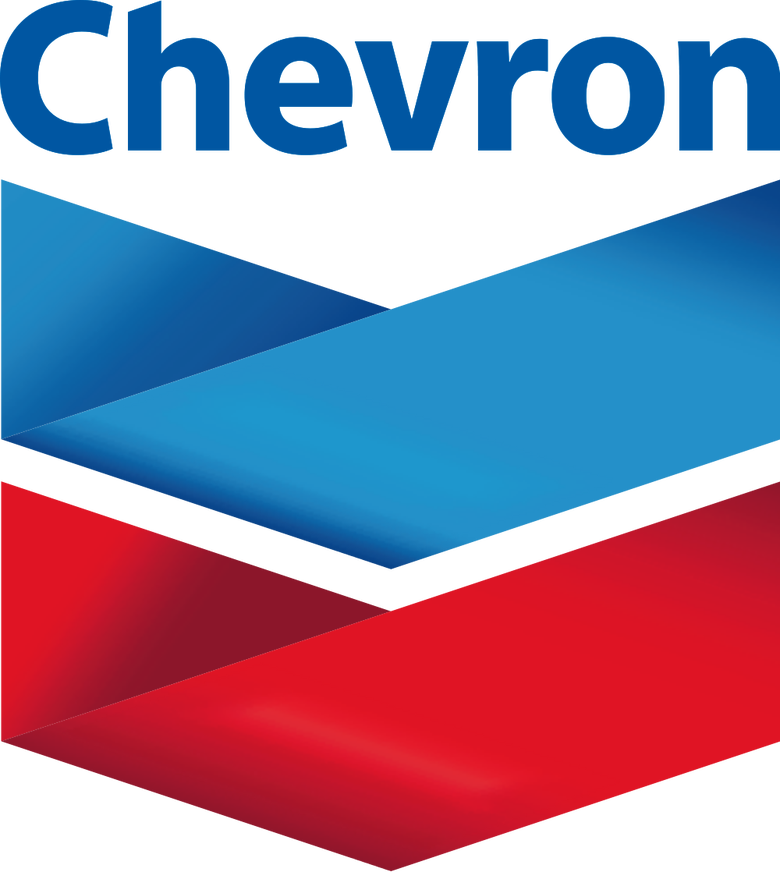 |
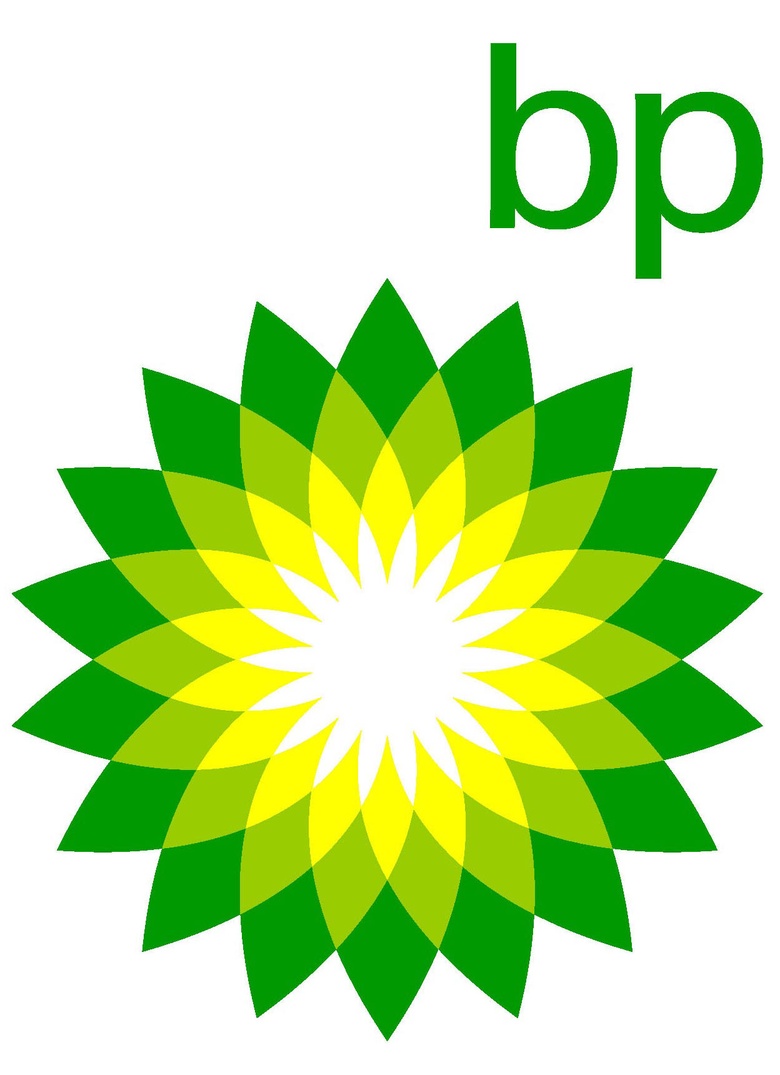 |
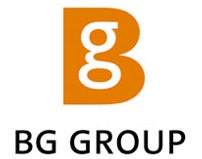 |
Software Provision:
|
Decision Space (Landmark/Halliburton) |
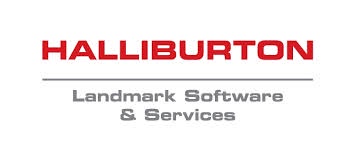 |
|
|
|
|
Geoprobe (Landmark/Halliburton) |
 |
|
|
|
|
Geoteric (ffA) |
 |
|
|
|
|
Geoview, Strata (Hampson Russell /CGG) |
|
|
|
|
|
Green Mountain (Ion) |
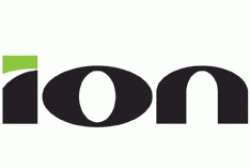 |
|
|
|
|
Interactive Petrophysics, Oilfield Data Manager (Senergy) |
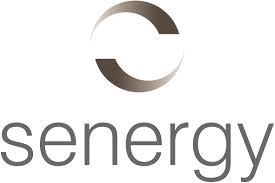 |
|
|
|
|
Kingdom (IHS) |
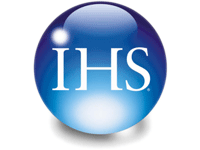 |
|
|
|
|
Move (Petroleum Experts) |
|
|
|
|
|
Norsar 2D/3D (Norsar) |
 |
|
|
|
|
Oasis Montaj (Geosoft) |
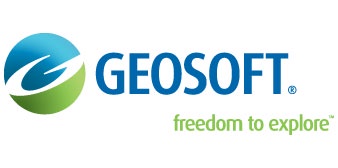 |
|
|
|
| Opendtect (dGB) | 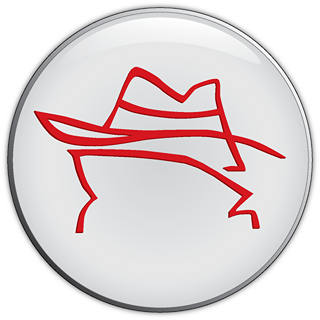 |
|
|
|
|
Paleoscan (Eliis) |
 |
|
|
|
|
Permedia(Landmark/Halliburton) |
 |
|
|
|
|
Petrel (Schlumberger) |
 |
|
|
|
|
Petromod (Schlumberger) |
 |
|
|
|
|
RokDoc (Ikon Science) |
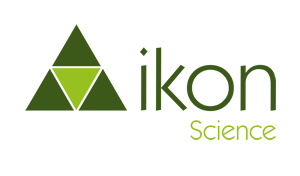 |
|
SeisRox (Norsar) |
 |
|
|
|
|
Techlog (Schlumberger) |
 |
|
|
|
|
Tesseral (Tetrale) |
|
|
|
|
|
Traptester (Badley Geosciences) |
|
|
|



